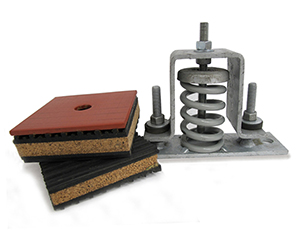Facilities management at a hospital called with a complaint of high dew point alarms. We responded to the call and inspected the medical air equipment. The first item our technician found wrong was the valve feeding air to the dew point monitor. The valve was half-way closed cutting off the full air flow to the monitor. The technician opened the valve and allowed the system to run for several cycles to see if it solved the problem.
But the dew point did not come down and the alarm sounded again. Our technician went through a checklist of testing. He tested the monitor, the sensor, the dryers and the system components related to the monitor. All items were intact and nothing seemed to be wrong. But the alarm continued.
The technician dug in a little deeper and opened all the filters but there was no moisture. He purged the desiccant dryer towers. He checked the plumbing, hoses and connection points. There were no leaks. Yet, the alarm continued.
He opened up the dew point monitor to test the sensor again to see if there might be an intermittent issue. This is where he found the culprit. The sensor had been installed incorrectly. It was plugged into the wrong port. Our technician removed and re-plugged it into the correct port.
The dew point righted itself almost immediately. Our technician monitored the dew point until it was reading correctly for a period of time without fluctuation. Problem solved.
Our technician found a sticker on the side of the monitor indicating a new sensor had been installed by a medical gas testing company a week before the alarms started.
Behind the scenes complication: because the monitor was experiencing high dew point, it caused the dryers to go to maximum purge. This put an excessive continuous load on the compressors. When the sensor was repaired, the dryers went into the proper purge saver mode, removing the continuous load from the compressors.
We relayed our findings to the customer. If the sensor had been replaced by a source equipment maintenance technician versus the medical gas testing company, we would not be having this conversation.









